How to measure your AI search brand visibility and prove business impact
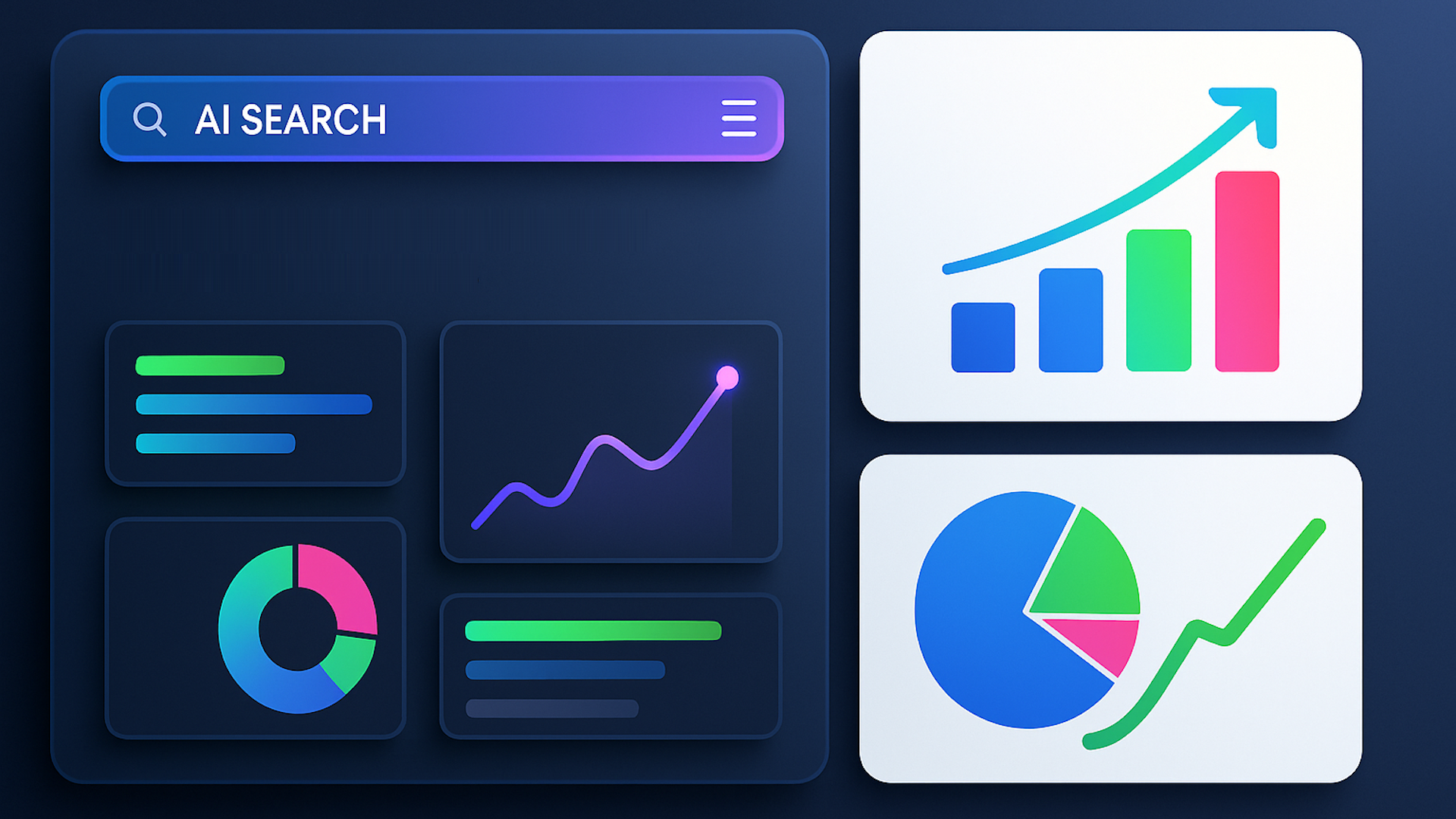
Brand visibility is replacing rankings as the most important metric in SEO.
AI search engines now answer questions directly – often without a single click to a website.
If your brand isn’t mentioned in those AI answers, you’re invisible where it matters most.
This isn’t about being No. 1 in blue links anymore.
It’s about being the brand ChatGPT recommends, the company Perplexity cites, and the solution featured in Google’s AI Overview.
So how do you measure and track that presence?
Here’s a simple three-step framework to help – starting with your brand visibility score.

(Copy this free spreadsheet to benchmark your current visibility.)
Why brand visibility is the north star for AI search
Brand visibility in AI search is an early signal of influence. It shows whether buyers are seeing, citing, and considering you before they ever reach your website.
The more often your brand appears, the more it’s trusted – and that trust is what turns visibility into real pipeline.
The brand visibility score is a simple calculation that shows your presence across AI-generated answers:
- Brand visibility score = (Answers mentioning your brand ÷ Total answers for your space) × 100
For example, if you test 100 high-intent prompts like “best CRM software” across ChatGPT, Perplexity, and AI Overviews – and your brand appears in 22 of those AI responses – your Brand Visibility Score would be 22%.
A higher score means greater exposure during high-intent, AI-driven decision moments.
This calculation also tracks other key indicators of visibility:
- Citation rate: The percentage of AI answers that cite your brand.
- Share of voice: Answers mentioning your brand divided by answers mentioning your brand or competitors.
- Sentiment: The context of those mentions – whether positive, neutral, or negative.
The 3-step framework to measure your brand visibility in AI search
To improve your brand visibility score, evolve how you measure organic search growth. You can track it manually, automate it with tools, or do both.
First, I’ll walk through the manual approach using our free visibility tracker – then show how to automate it.
Step 1: Monitor your visibility footprint
Identify where AI answers appear for your key queries.
Start by running high-intent searches your buyers use, such as:
- “Best project management tools.”
- “How to evaluate [your category].”
- “Top [product type].”
Check whether an AI Overview appears in the results.
Step 2: Benchmark your brand mentions
Calculate your current visibility score and competitor benchmarks.
The brand visibility score shows:
- How often your brand is cited.
- How much share of voice you own.
- The sentiment tied to those mentions.
In other words, it’s how LLMs “vote” on your authority.
To track citations:
- Audit across platforms: Note which AI search engines mention your brand – and which leave you out.
- Benchmark competitors: Compare share of voice across key topics to see who dominates and who’s missing.
- Measure sentiment: Not all mentions are positive. Track whether your citations are favorable, neutral, or negative.
Focus on your top 50 intent-driven queries. Track total answers, your citations, competitor citations, and sentiment scores weekly. These are your new KPIs.
Step 3: Track changes over time
Visibility isn’t static. It shifts as LLMs update, competitors refresh content, and search structures evolve.
To prove impact, you need to monitor these shifts consistently and connect them to business outcomes.
Here are some trends we’re seeing:
- Pages updated within the past 12 months are twice as likely to retain citations.
- 60% of commercial queries cite refreshed content updated within the last six months.
- Structured pages amplify this effect. URLs cited in ChatGPT averaged 17 times more list sections than uncited ones, and schema boosts citation odds by 13%.
Action steps:
- Track brand mentions weekly or monthly across ChatGPT, Gemini, Perplexity, and Google AI Overviews.
- Audit which pages gain or lose citations as freshness and structure change.
- Refresh content. Add new data points, rework headings, create lists, FAQs, and expert POVs to strengthen structure and authority.
- After updates, compare the competitor’s share of voice over the same period.
- Tie lifts in citations to sourced pipeline or influenced deals.
Each trend offers tangible proof you can bring to the C-suite – showing how your brand is shaping buyer decisions at the exact moment of intent.
Get the newsletter search marketers rely on.
See terms.
Measuring the impact of brand visibility
Tracking brand visibility connects marketing performance to real business outcomes.
- Shape buyer perception early: Citations in AI answers show your brand is part of the conversation before prospects ever reach your site.
- Show executives the pipeline link: Visibility metrics reveal where your brand is gaining or losing ground in key decision moments – especially across mid- and bottom-funnel searches. By tracking visibility, you can see how it translates into conversions and revenue.
To measure it:
- Monitor AI citations regularly across ChatGPT, Gemini, Perplexity, and AI Overviews.
- Compare against competitors to benchmark share of voice and sentiment shifts.
- Map visibility trends to sales metrics such as demo requests, sourced opportunities, or closed-won deals.
When you treat visibility as a KPI, you can prove that content is building influence that drives pipeline.
Tools to automate and increase your brand visibility in AI search
Before using tools, get in the weeds and test prompts across different AI systems. Just as the best SEOs live on the SERP, the best AI SEOs live in AI chats.
It’s the only way to catch the shifts as LLMs evolve.
Once you have a solid grasp of the fundamentals, use tools like Semrush’s AI SEO Toolkit and AirOps to benchmark and track your visibility automatically. (Disclosure: I am the content and SEO lead at AirOps.)
Semrush offers the largest prompt database in the U.S., helping you identify which features drive visibility compared with your competitors.
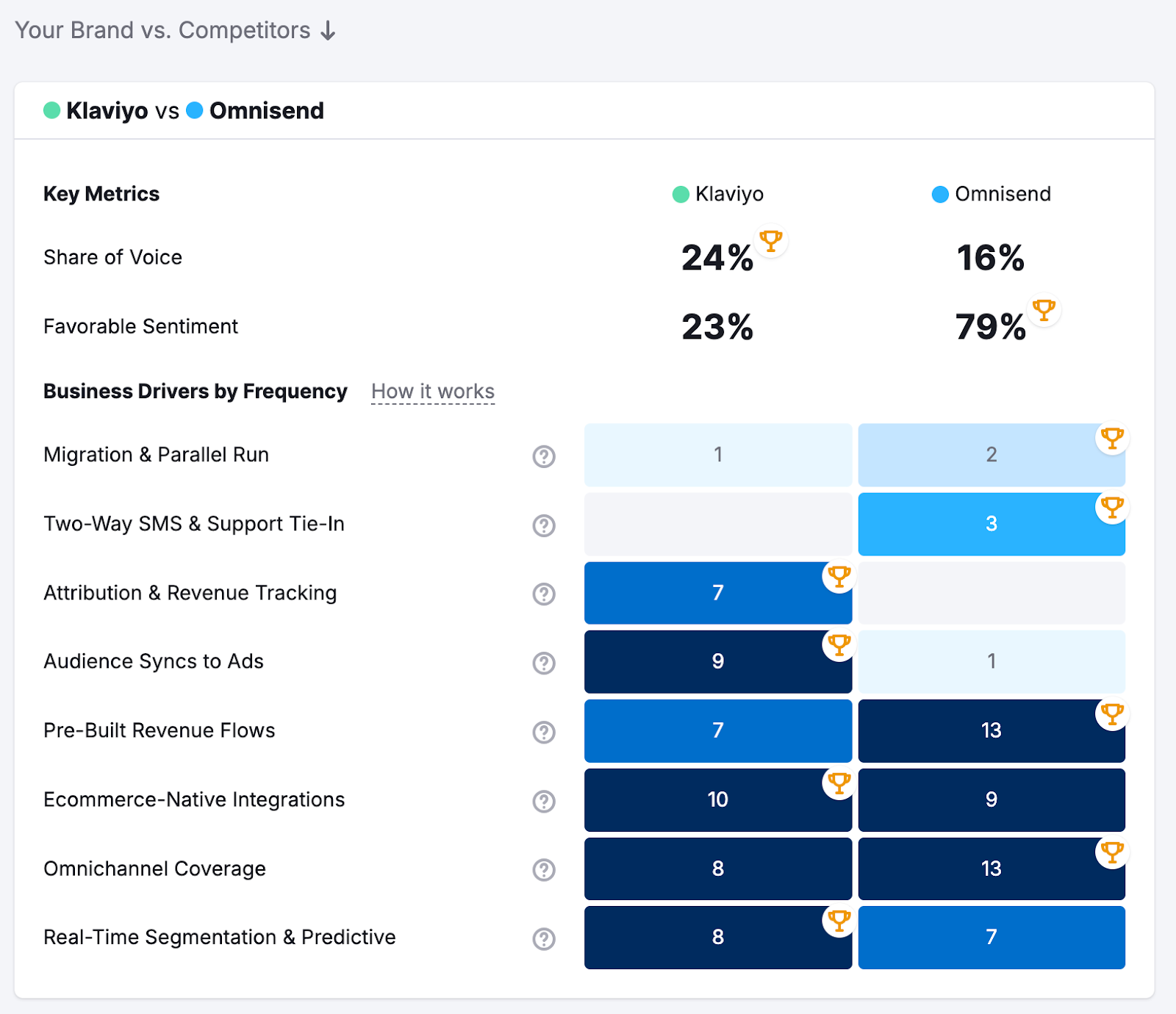
AirOps takes it a step further – turning insight into action by automating campaigns for content refreshes, new content creation, outreach, and community engagement.

This level of campaign-level granularity makes it much easier to know what steps to take to improve.
So, you’ve got the fundamentals of brand visibility and tools to help you scale.


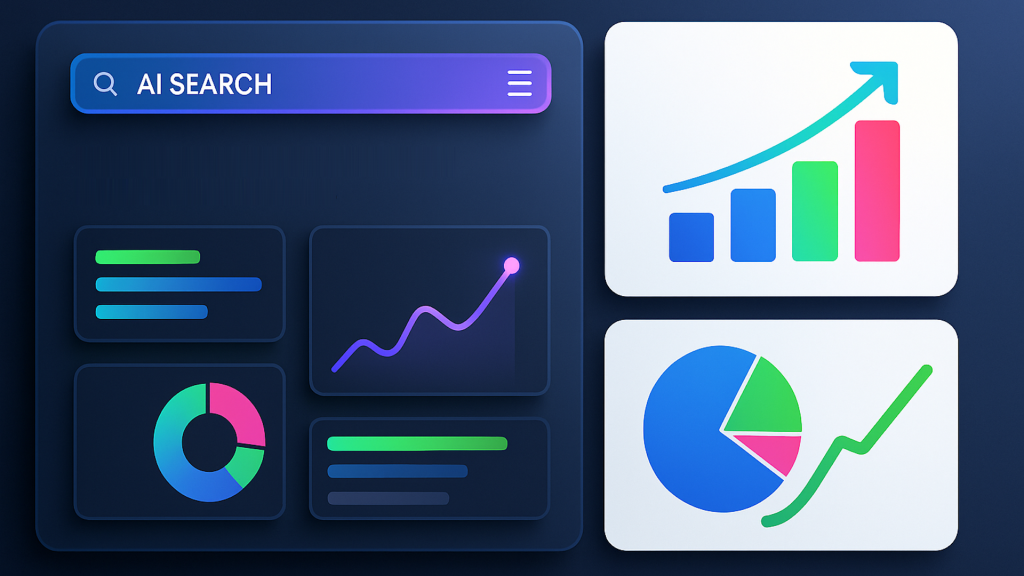
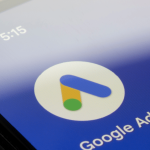

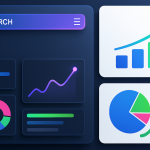




Recent Comments